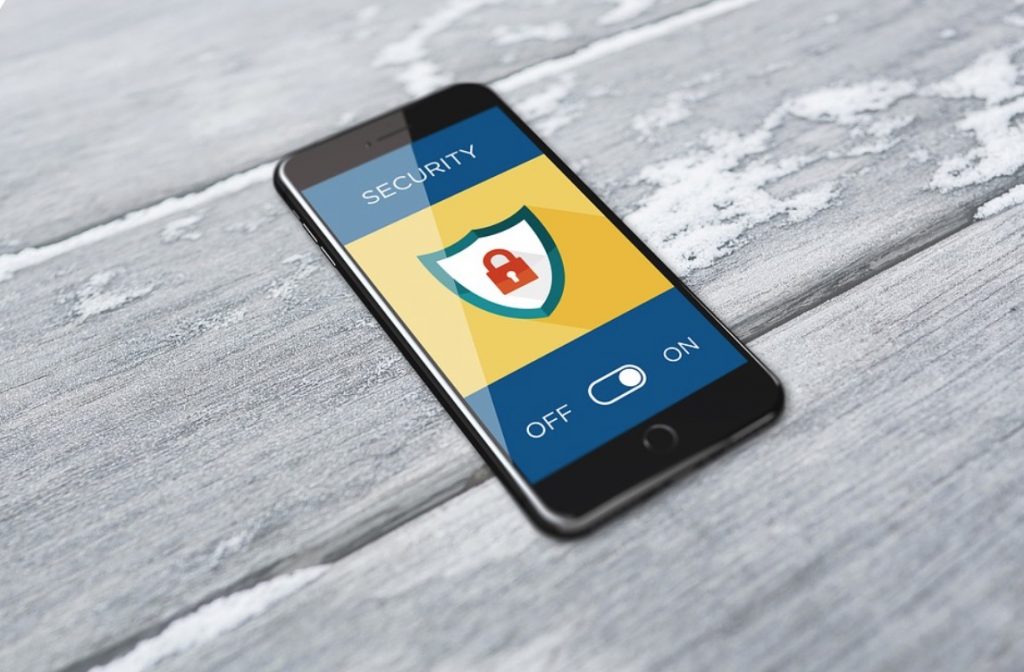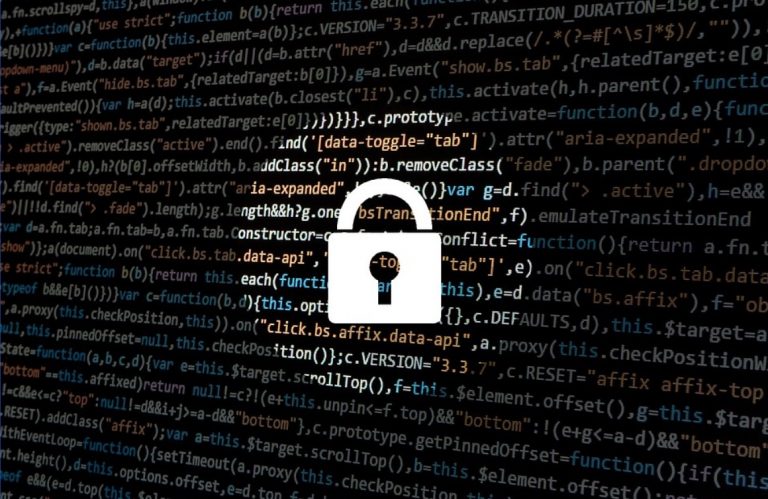There is a hacker attack every 39 seconds, according to a study conducted by experts at the University of Maryland. Cybercrime has now become a major headache for individuals, businesses, organizations, and governments. Top global firms have been targeted by cybercriminals in recent times, underlining the seriousness of the threat.
The first step toward protecting yourself and your business is educating yourself on the various threats out there. Cybercriminals have devised a multitude of ways in which they can steal your data or disrupt your business operations. The cyber risks are evolving, intensifying, and becoming increasingly sophisticated. Here are some key cybersecurity threats to watch out for.
Insider Threats
Employees are one of the biggest threats to a company’s cybersecurity. Today, a significant percentage of employers rely on employees to use personal devices to access business apps. Some companies also have bring-your-own-device (BYOD) programs that allow workers to use their personal computers to work.
This can pose a risk to the company’s data, as employees may not strictly observe security measures. Some may ignore the rules while others may unknowingly take risky actions. The antidote to this problem is training your staff on the best practices and teaching them how to detect and combat various threats. You can also monitor their online activities to ensure they are following the organization’s policy. A SIEM software solution can help you to monitor any unusual activity and discover threats in real-time.
Malware
Perhaps the most well-known security threat, malware refers to malicious software. Examples are viruses, trojans, worms, spyware, and adware. A malware exploits a vulnerability on the network by tricking the user into clicking a risky link that has a hidden program that installs itself without permission. Some malicious tools are also embedded in programs that are downloaded from non-secure sites.
Once it installs itself, the malware can take different actions depending on what it was created for. Some may install additional harmful software, some may deny access to a network, while others disrupt your operations. To mitigate against malware risks, always scrutinize any computer program before downloading or installing, double-check links before clicking, and use advanced antivirus software.
Cryptojacking
Blockchain technology has brought to rise a burgeoning menace known as cryptojacking. Here, a hacker illegally uses a person’s computing power to mine for digital currencies. Mining a single cryptocurrency requires significant computing resources and electrical power; therefore, the hacker uses your resources for their own benefit. The attacker installs a sophisticated tool on your computer, runs it in the background, and uses it to steal your processing power.
These tools degrade the performance of your machine, slow down its operations, and shorten its life. Cryptojacking can also be used to compromise other types of devices such as smartphones, tablets, network servers, and enterprise systems. With a comprehensive cybersecurity program, you can detect, clean up, and lock out any cryprojacking attack.
Phishing
Phishing is a cheap and effective technique used by cybercriminals to steal sensitive data. Phishers use websites, emails, or other online platforms to masquerade as a trustworthy person or business. They may create a website that impersonates a genuine site that you frequent, and once you log in to it, they steal your details. They may also send you an email or instant message that appears to come from someone you know. Once you click it, it automatically installs a harmful tool.
People are getting better and better at recognizing phishing attacks through email. To remedy against phishing attacks, consider taking the following measures. First, you should always verify the link of a site or the address of an email before clicking on it. To avoid logging in to an imposter site, bookmark all sites that you frequently visit, and use the bookmarks to access them. Also, use antiviruses that have advanced anti-identity theft capabilities.
Ransomware
Ransomware is a potent cyber threat that needs to be taken seriously. In fact, these attacks are the costliest. Here, hackers use malware to encrypt data or block off access to critical components of your computer systems. These attackers hold your computers hostage and hamstring your operations until you pay a ransom. With this attack, a company gets a double loss; you are forced to pay money to the attacker, and you lose money from organizational disruption and lost productivity.

Some attackers can hold your computer hostage and demand payout (Source: Pixabay)
If the victim is unable to pay in time, the hacker may wipe all data and complicate recovery efforts. To protect against these attacks, you need to set several layers of defense. Start by activating and vigorously testing ransomware protection tools. Update your software regularly and use security tools that have intrusion detection systems to alert you whenever there is a threat. As a fallback plan, have a data backup and recovery plan.
Wrapping Up
The threat landscape is rapidly changing. To protect yourself and your business, you need to keep up with the latest threats. The first step you should take is educating yourself and heightening your awareness of the emerging threats. Once you learn of a new threat, implement the current security measures to remain one step ahead of cybercriminals.


0 Comments